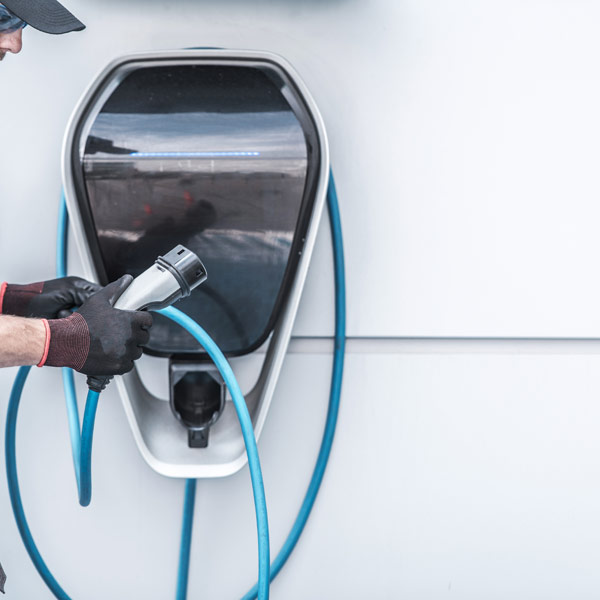
Electric Vehicles



The future of the auto industry is electric. Most observers of the car industry will tell you that. Maybe, but here’s something they won’t tell you: going all-in on EVs has the potential to trade one type of inequity for another.
Vehicle ownership isn’t cheap; Insurance, maintenance and fuel costs in general make up a household’s second-largest expense, after housing costs according to a working paper from the International Council on Clean Transportation. This burden is particularly significant for low-income families. Switching to Electric Vehicles (EVs) in theory should help in the long run as these vehicles are cheaper to operate, and the UK Government has — through generous handouts — further decreased EV ownership costs, particularly for business users of electric vehicles with Benefit in Kind (BIK) type sweeteners.
“
When it comes to going green, cost isn’t the only concern.
When it comes to going green, cost isn’t the only concern. Ease of use also matters. EVs need charging stations. Good luck finding these in rural areas, and currently when you do, be prepared to deal with broken chargers, confusing payment systems and less-than-appealing electricity rates.
Lower income families have no such luck, often living in dense urban housing with high metered tariffs and few dedicated parking spots.
So, what’s equitable about the higher income person charging their car at home while the lower income person stands in the rain?
As the UK plans to ban the sale of new petrol and diesel cars by 2030, and hybrids by 2035, an efficient electric vehicle charging network, enabling drivers to charge their vehicles easily and conveniently, in both rural as well as urban areas is paramount. A related effort aims to promote “equitable” EV recharging through accelerated private and public investment must therefore also address this current EV network imbalance.
For example, integrating Electric Vehicle Fast Charging Facilities within future Low Carbon Affordable Homes Developments, means residents living in rural or remote areas avoid the “risk of being left behind”, from the availability of low-cost mobility as well as climate emission reduction and increased local economic growth. This approach needs to be the adopted model for integrating mobility within future approved UK Zero Carbon Affordable Housing Plans.
“
Lower income areas, especially rural areas, currently spend around twice as much of their income on mobility than their higher income equivalent.
Lower income areas, especially rural areas, currently spend around twice as much of their income on mobility than their higher income equivalent. Without on-street charging, any energy cost savings consumers make from EVs could reduce, inhibiting EV take-up. EVs are also less expensive to recharge than either their petrol or diesel alternative. By combining on-street/Fast Charging facilities, both charging convenience and cost savings can be achieved within Communities, allowing all driver groups to directly benefit from electric mobility.
Chargepoints in rural areas are not only used by local residents, but also consumers visiting or simply passing through an area. In recent Surveys, stakeholders have continually emphasised the importance of widespread rapid charging to improve EV uptake, while raising concerns around the risk of under provision in rural, remote areas or tourist spots (where demand increases over periods of time).
Integrating EV Charging into Low Carbon Affordable Homes Developments addresses the core issue of providing tangible benefits of convenient low cast mobility to all, avoiding the two-tier system of “haves and have-nots”.
In addition to the undeniable benefits to the local environment, expanding EV charging infrastructure to rural areas offers a number of important benefits for EV Charging to add value to site locations including:
These benefits represent an important opportunity for local businesses to increase sales through direct interaction with potential local and the transient customer market.
Results from our financial model in this subject area indicates, when expected EV usage growth rate is considered, as well as opportunities to connect local SME’s directly to EV chargepoint users via on-site marketing, potential revenue generation over a 10-year period is potentially significant, providing low-cost carbon emission free mobility to owners/tenants and beyond.
This integrated Community EV Charging Hub approach therefore serves as a model for future mobility integrated low carbon housing developments. With scale also comes further opportunities to apply more comprehensive data analytics within Communities to directly connect local products and services via low-cost sales channel strategies to local customers as well as incorporating existing online services.
By encouraging more efficient use of local EV charging facilities behaviour towards more “little and often” usage, this will further improve local economic growth as well as enable the National Grid to more easily satisfy total electricity demand.